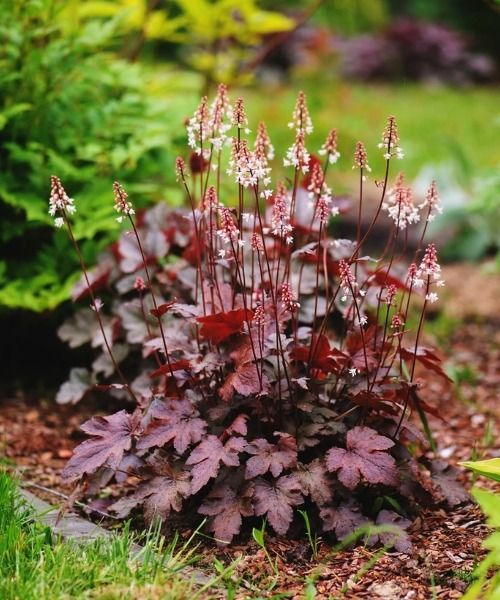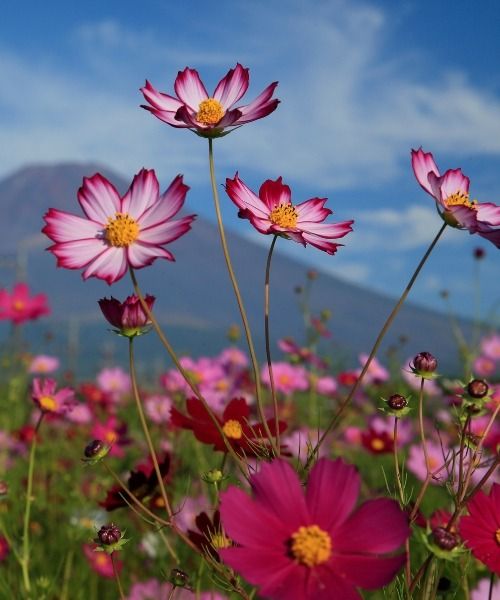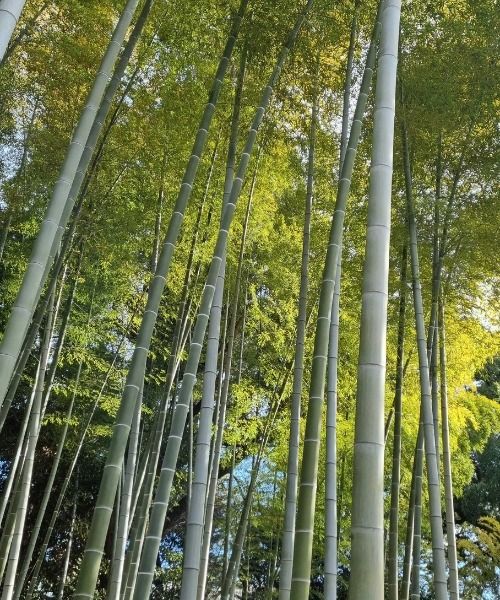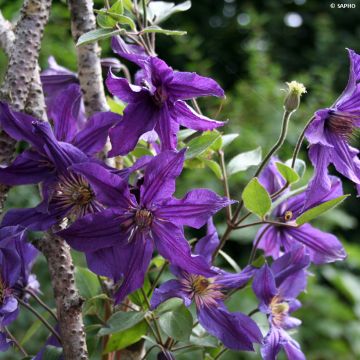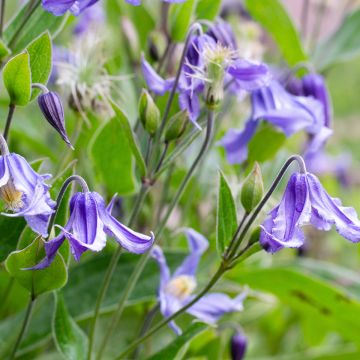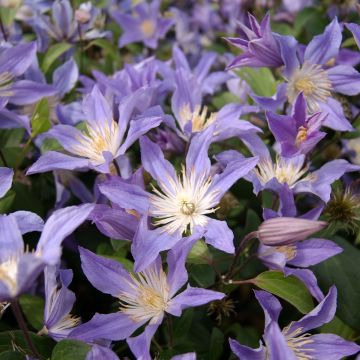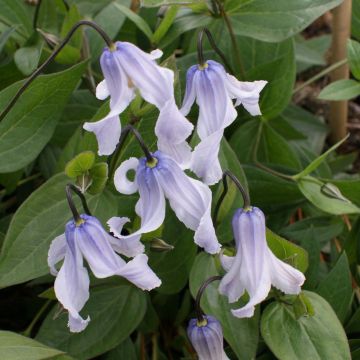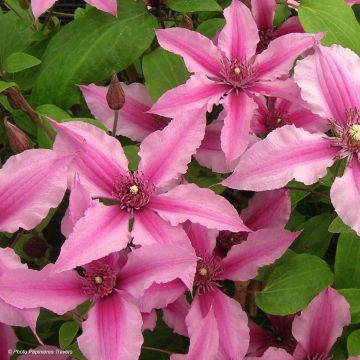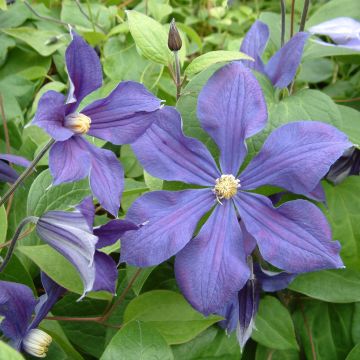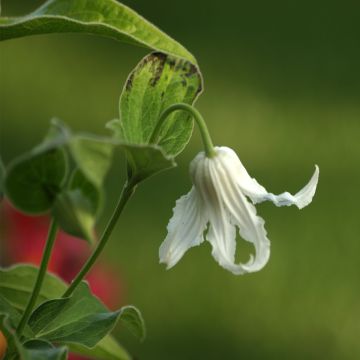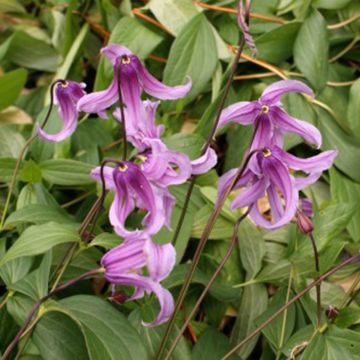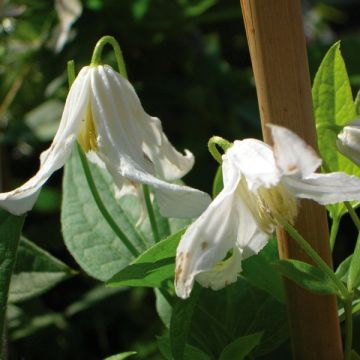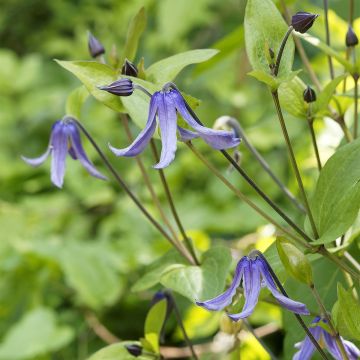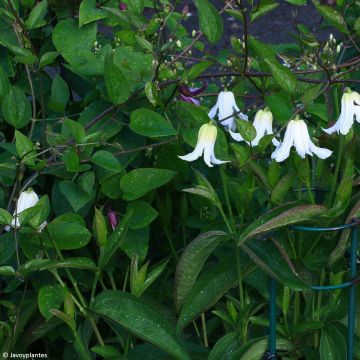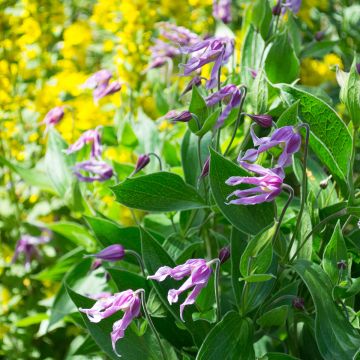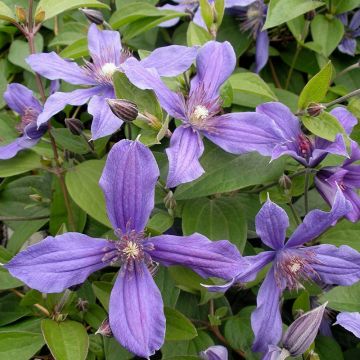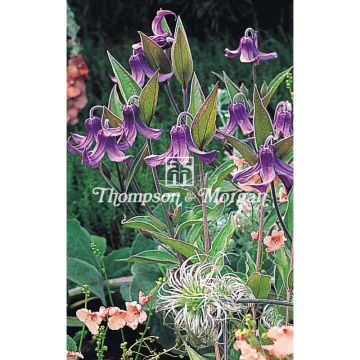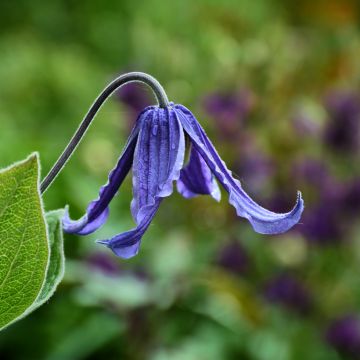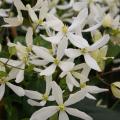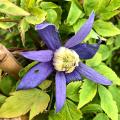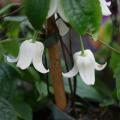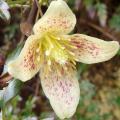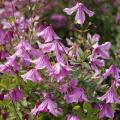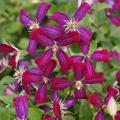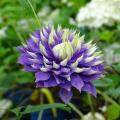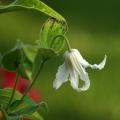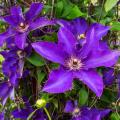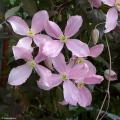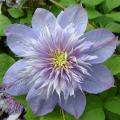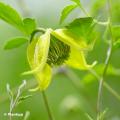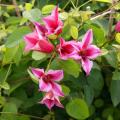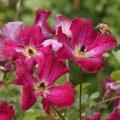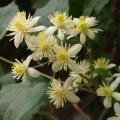Clematis Integrifolia
Does this plant fit my garden? Set up your Plantfit profile →
Available in 2 sizes
Available in 2 sizes
Available in 1 sizes
Available in 1 sizes
Available in 1 sizes
Available in 1 sizes
Available in 1 sizes
Available in 1 sizes
Available in 1 sizes
Available in 1 sizes
Available in 1 sizes
Available in 1 sizes
Available in 1 sizes
Available in 1 sizes
Available in 1 sizes
Clematis integrifolia is a very hardy herbaceous, perennial non-climbing clematis, with annual growth that forms a fairly low tuft, not exceeding 1.5m (5ft) in height. It blooms all summer in the form of pendulous and fragrant bell-shaped flowers that can vary from steel blue in the species to blue-violet in 'Arabella' to white-blue in 'Twinckle', pure white in the lovely form 'Alba', or even pink in 'Rosea'. These flowers are followed by feathery and silky seed heads that remain decorative on the plant for a long time. The integrifolia clematis is native to the Himalayan and temperate regions of Asia and Eastern Europe, where it grows between 1200 and 2000m (3900 and 6560ft) altitude. Tolerant of wilt disease, not demanding in terms of soil and very resistant to cold, it is one of the easiest clematis to grow in almost all areas. Thanks to its herbaceous growth habit, it will thrive perfectly in a pot on a balcony, on a slope covered by perennial peas, variegated ivy, small-flowered periwinkles, or even in a small shrubbery with summer, spring or autumn flowering.
Haven't found what you were looking for?

































